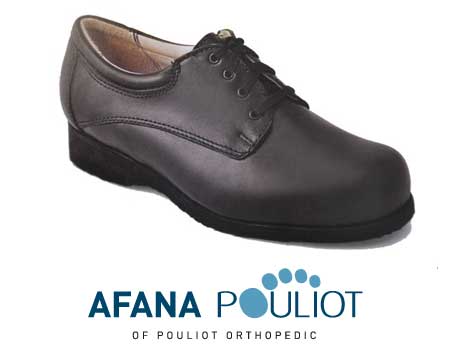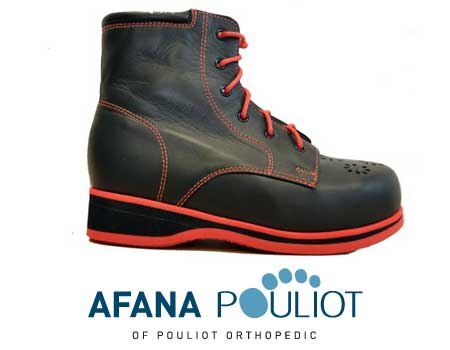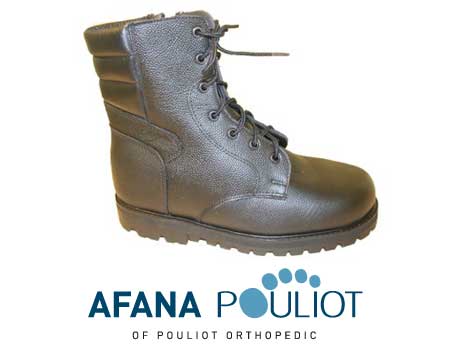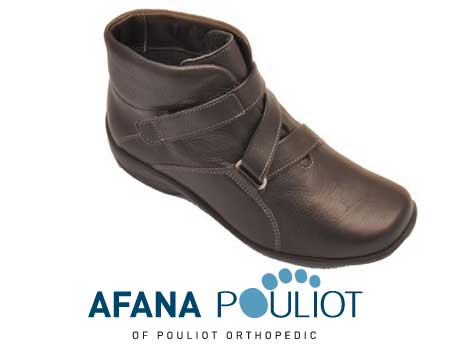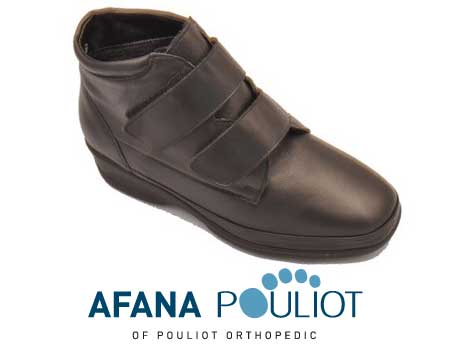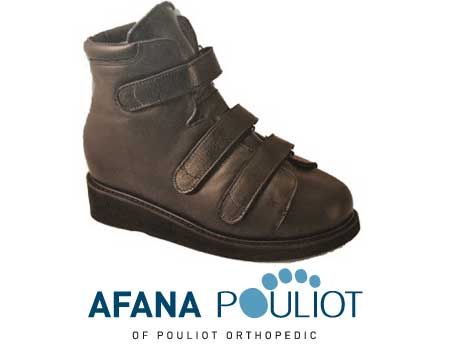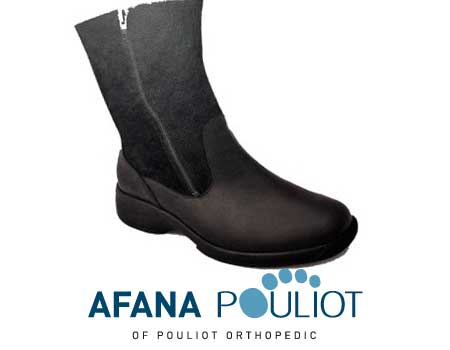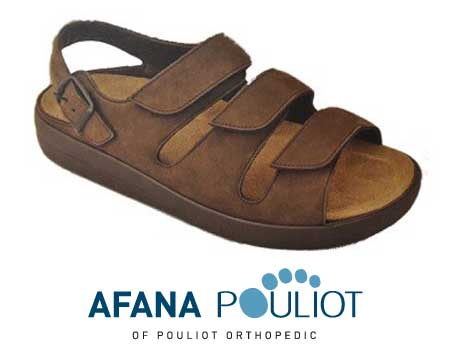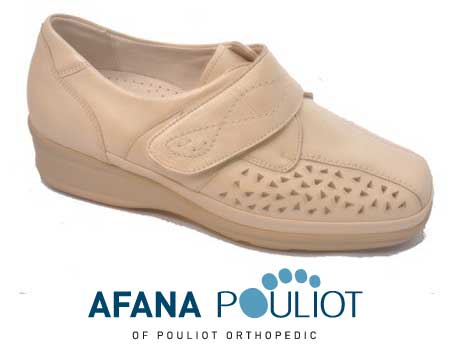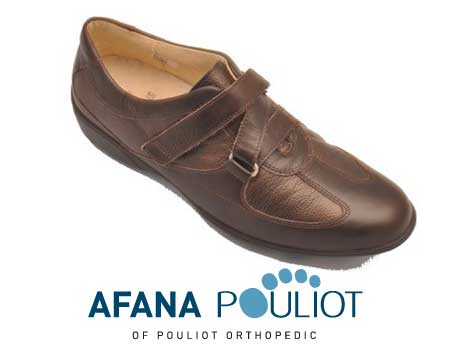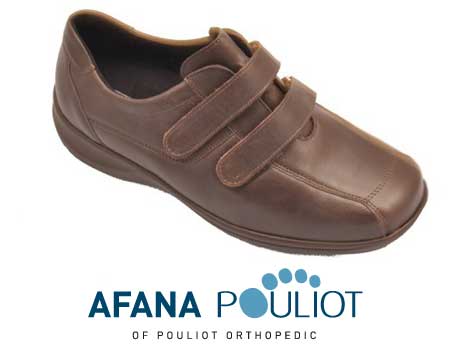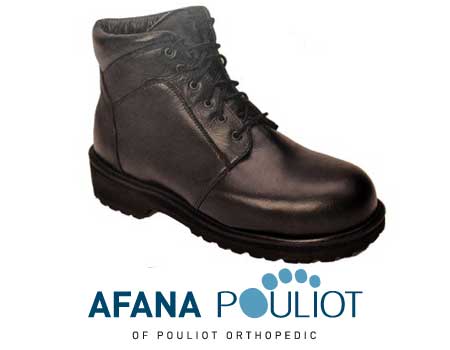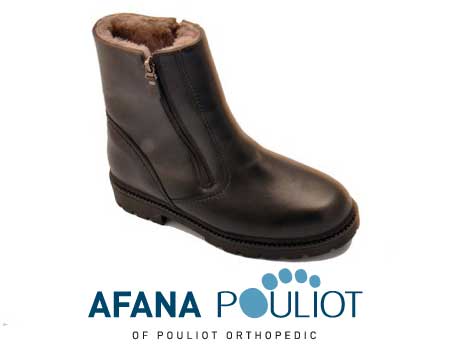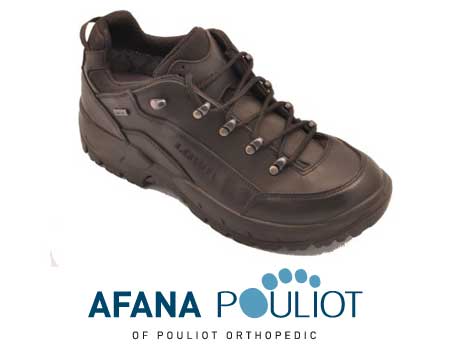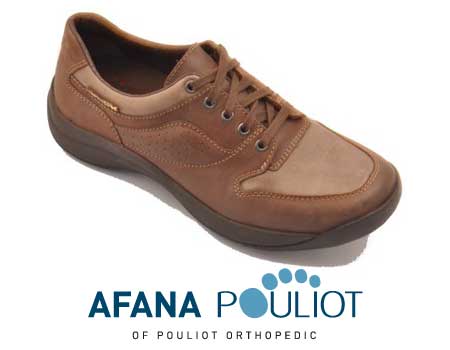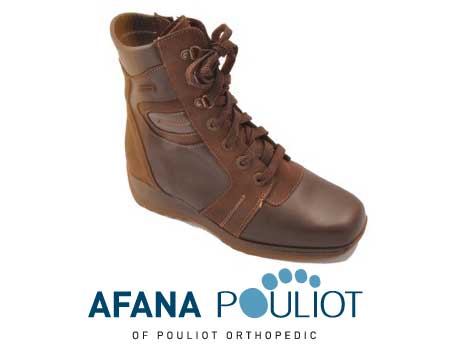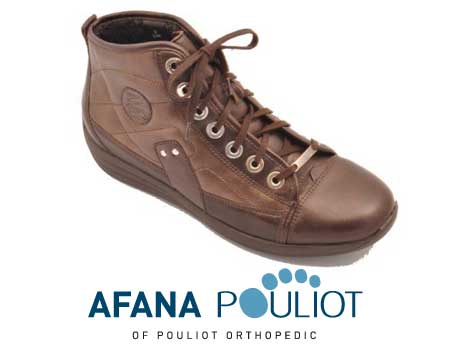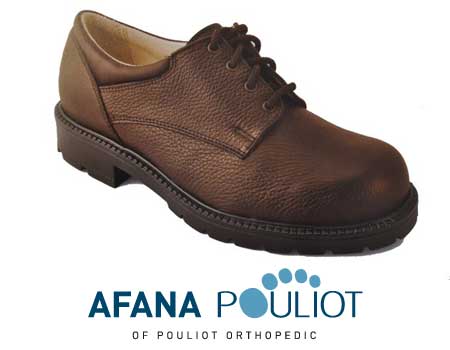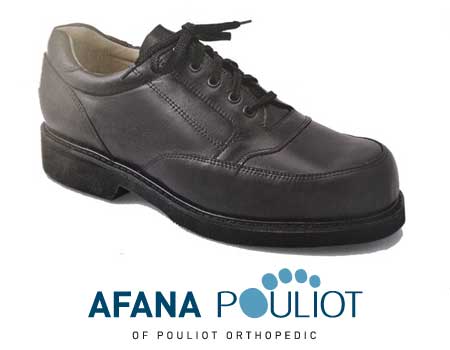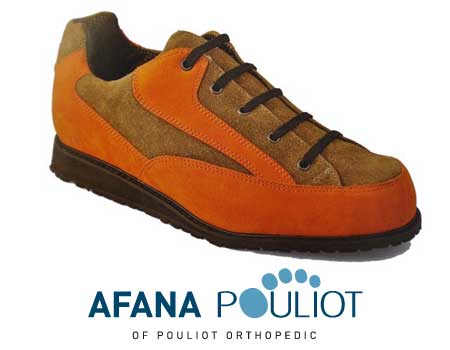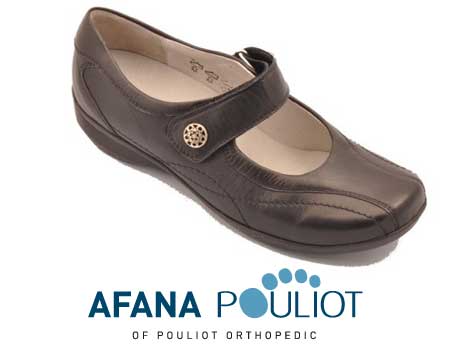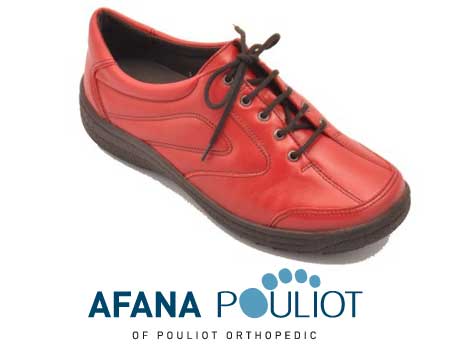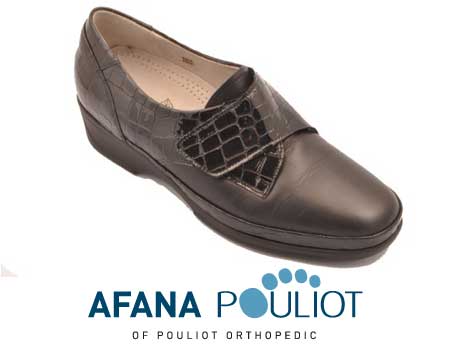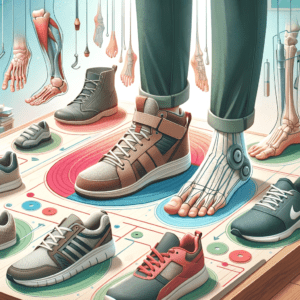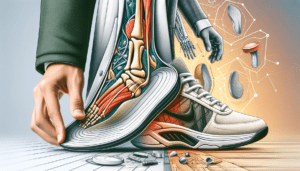The Dawn of Footwear: Primitive Beginnings
Our journey through the “evolution of shoes timeline” commences around 7000-8000 BCE, when human civilization was hunter-gatherers and technological advancements were nascent. “In the cool, shadowed recesses of an Oregon cave, researchers made a monumental discovery. Archaeologists found the world’s oldest footwear, sandals meticulously fashioned from sagebrush bark. These sandals, though simple and rudimentary in design, represented humanity’s nascent realization of the importance of foot protection. They tell tales of an era when our ancestors navigated rugged terrains and sought solutions from their immediate environment.
Moving forward on this timeline to around 3500 BCE, researchers made another significant discovery in the heart of Armenia. They found leather shoes inside a cave that added a new chapter to the shoe evolution narrative. Artisans had skillfully fashioned these shoes from a single piece of cowhide and securely bound them with leather cords. This technique marked a considerable leap from the sagebrush sandals, demonstrating a more sophisticated understanding of materials and their potential applications. It also reflected the expanding trade routes and human migration patterns as leather and advanced crafting methods became more prevalent.
As we transition from these early milestones, we must recognize that shoes were not merely about utility. Their cultural and symbolic significance started gaining prominence. Our journey now leads us to the banks of the Nile, where footwear took on a profound cultural meaning.
Evolution of Shoes Timeline: Egyptian Sandals and Their Symbolism
Delving deeper into the timeline, we find the ancient Egyptian civilization teeming with enlightening details. Egyptian artists frequently showcased thong sandals in their vibrant murals, highlighting their popularity during that era. However, these sandals served more than just the functional purpose of protecting feet. They carried a weight of cultural significance that permeated Egyptian society. Shoes, especially the intricately designed ones, began to play a pivotal role in representing status and identity. Pharaohs and other high-ranking officials proudly donned these ornate sandals, displaying their power and prestige. In stark contrast, enslaved people, reflecting the lower strata of society, usually walked barefoot. This clear distinction in footwear accentuated the societal hierarchies and norms prevalent in ancient Egypt.
This rich tapestry of Egyptian footwear, intertwined with status and societal roles, laid a foundation for other civilizations to build upon. As we transition from the Nile’s banks to the Roman Empire’s grandeur, footwear takes on new dimensions of power and practicality.
Evolution of Shoes Timeline: The Roman Era’s Power and Practicality
The Romans, renowned for their architectural marvels and vast empire, also made notable contributions to the world of footwear. In the bustling streets of ancient Rome, shoes weren’t just practical items to shield one’s feet; they evolved into significant markers of identity.
Footwear in Rome held a mirror to society’s hierarchy. The shoes people wore identified every stratum of the Roman community. — or lacked. Roman sandals, known for their intricate designs and sturdy build, were standard accessories and statements of stature and style. For instance, the caligae, the heavy-soled sandals worn by the Roman military, reflected the robustness required by soldiers on their extensive marches. The design and embellishments on these sandals varied according to rank. High-ranking officers often sported more ornate designs, signifying their elevated position within the military hierarchy.
Conversely, the barefootedness of enslaved people was a stark reminder of their subdued position in Roman society. Their lack of shoes wasn’t just a matter of economic constraint but was a symbolic representation of their status. In a community where footwear was a potent symbol, the absence of it spoke volumes.
This Roman emphasis on footwear’s social and symbolic dimensions enriched the evolution of shoes, setting the stage for further innovations and cultural shifts in the subsequent eras.
Romans’ meticulous attention to footwear, intertwining design with societal status, laid down a fascinating precedent. As empires rose and fell, the chronicle of shoemaking embarked on new chapters. Venturing from the grandeur of the Roman Empire, let’s traverse through time to the medieval era, where a novel technique in footwear awaits exploration.
Evolution of Shoes Timeline: The Turnshoe Technique in Medieval Times
Moving forward into the medieval era, shoemaking witnessed a significant transformation with the advent of the turnshoe method. This pioneering approach revolutionized footwear design. Artisans would meticulously craft shoes with the exterior facing inward, and once the construction reached completion, they’d reverse the boots to their intended shape. This method provided a cleaner, more polished appearance and served a functional purpose. By concealing the seams, shoes became less susceptible to water penetration, ensuring the wearer’s feet remained dry and the shoe had an extended lifespan.
But the innovations continued. Medieval shoemakers introduced design enhancements as the demand for more comfortable and personalized footwear grew. Toggled flaps and drawstrings became prominent features, allowing wearers to adjust their shoes for a perfect, snug fit. During this period, shoes transformed from simple protective accessories to essential items showcasing personal style and comfort, highlighting the era’s ingenuity and practicality.
Renaissance Revolutions: Welted Rand and Differentiation
As the sands of time-shifted to the Renaissance, a period known for its flourishing arts, scientific discoveries, and innovations, shoemaking underwent transformative changes, too. The 1500s, in particular, brought a significant departure from traditional methods, with the world of footwear embracing the welted rand technique.
This new method was not just a fad; it represented a more refined approach to shoemaking. The welted rand technique used intricate stitching as a defining feature, meticulously binding the shoe’s upper, insole, and outsole together. This precise craftsmanship made shoes more durable and elevated their aesthetic appeal, aligning with the Renaissance’s emphasis on beauty and detail.
Another notable advancement during this era was the conscious decision to craft shoes tailored for each foot. At the same time, they introduced the concept of distinct left and right shoes. Before, it hadn’t gained widespread acceptance. The Renaissance accelerated this practice with its focus on human anatomy and comfort. As artists and sculptors studied the human form in great detail, shoemakers, too, realized the ergonomic benefits of foot-specific designs. This benefit led to a more comfortable fit and better support, catering to the natural curvature of each foot.
Thus, the Renaissance, with its blend of art, science, and innovation, added a rich chapter to the ongoing story of the evolution of shoes, reflecting the era’s broader spirit of exploration and refinement.
The Renaissance’s marriage of form and function in shoemaking laid a robust foundation for future advancements. As we leave behind this era’s ornate courtyards and art studios, we transition into a time of rapid industrial growth. Here, machines take center stage, revolutionizing not only how we create but also how we conceptualize footwear.
Industrial Innovations: Factory Production and Stitchless Soles
The onset of the industrial era ushered in a wave of profound innovations across various sectors, and shoemaking was no exception. The period marked a stark departure from age-old, artisanal methods as industries pivoted towards more efficient and scalable production techniques.
The mid-18th century was particularly pivotal.
As factories sprouted and mechanization gained traction, the shoe industry broke away from its traditional roots. Gone were the days when individual artisans would painstakingly mould each shoe by hand. Instead, automated machinery and assembly lines began to dominate, increasing the pace and volume of shoe production.
The year 1846 was a watershed moment for shoemakers with the introduction of the sewing machine. This innovation didn’t just speed up the shoemaking process; it brought precision and consistency previously unattainable by human hands alone. Shoes could now be produced faster, in larger quantities, and with uniform quality, meeting the demands of a rapidly growing global population.
But the industry still needed to evolve, and the 20th century heralded another game-changer: the advent of stitchless shoes in 1910. Moving away from the traditional method of hand stitching, manufacturers embraced this technique to improve efficiency, and this technique adopted the use of solid adhesives to bond the shoe components. The results were transformative, leading to more streamlined designs and further enhancing the efficiency of shoe production. Moreover, with the growth of synthetic materials and advancements in adhesive technologies, the realm of possibilities for shoe designs expanded exponentially.
In essence, the industrial era didn’t just mechanize the shoemaking process; it redefined the very ethos of the industry, emphasizing innovation, efficiency, and mass production while ensuring accessibility to quality footwear for all.
As the dust of the industrial age settled, a modern era began to dawn. Innovations of the past paved the way for more experimental and avant-garde designs, bridging the realms of practicality and aesthetics. Let’s step into contemporary footwear, where artistry meets utility in harmonious synergy.
Contemporary Creations: The Fusion of Fashion and Function
In the modern era, footwear stands at the intersection of art, culture, and technology. Shoes, once predominantly seen as functional necessities, have transformed into powerful tools of self-expression and identity. Each shoe, be it a stiletto, a running sneaker, or a sustainable slip-on, tells a story, capturing the spirit of its time and the aspirations of its wearer.
The influence of popular culture has been paramount. Celebrities and fashion icons have turned shoes into status symbols, where a particular brand or style can denote luxury, rebellion, or avant-garde chic. Sports, too, have played a pivotal role. Athletic sneakers, bolstered by collaborations with sports legends and tech innovations, now dominate urban landscapes, highlighting the importance of performance and style.
Simultaneously, with increasing global awareness about sustainability, eco-friendly shoes have carved a niche for themselves. Using recycled, biodegradable, and ethically sourced materials they highlight our commitment to environmental responsibility.
Moreover, advancements in material science and digital technologies have ushered in a new era of customization. Shoes can now adapt to an individual’s foot shape, offer self-lacing capabilities, or even change colour based on external stimuli. These innovations echo the broader societal emphasis on individuality and personalization.
As we stride ahead on the “evolution of shoes timeline,” the horizon looks promising. Future years will blend tradition and modernity, meeting functional needs and aesthetic desires. Tomorrow’s shoes might fit our feet and resonate deeply with our values, dreams, and aspirations.
Reflections on Footwear’s Fascinating Journey
Navigating the “evolution of shoes timeline” unveils a rich tapestry of human history. It’s not merely about changing styles but a vivid narrative of our technological progress, evolving cultures, and artistic endeavours. From the simplicity of bark sandals to today’s intricate designs, each step marks our shared evolutionary journey in footwear. Wearing modern footwear, we step through history, reflecting ages of innovation and transformation.
While we appreciate the marvels of shoe evolution, ensuring the right fit and support for our feet is paramount. Custom-made orthopedic footwear is the pinnacle for those seeking an unmatched blend of comfort, fit, and style. Contact Afana Pouliot at 1-866-297-2817 for tailor-made solutions tailored to your specific needs, guaranteeing that every step you take is backed by craftsmanship and care because your feet deserve the best!


